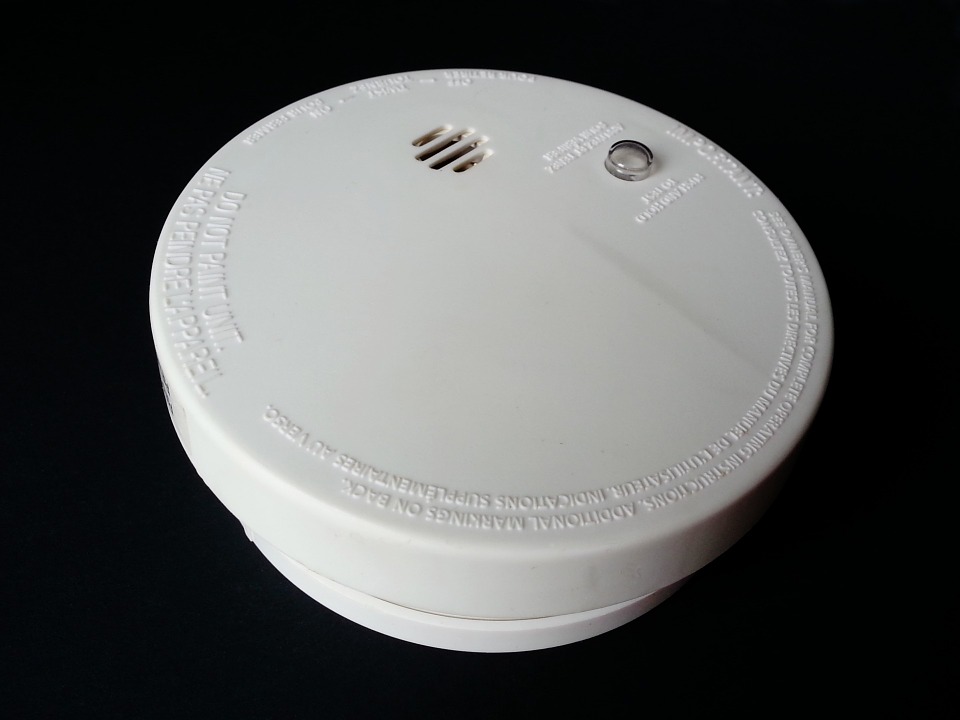Will Goodwin: What the new fire safety regulations mean for Scottish social landlords
 Head of business development at Plumis, Will Goodwin, gives his view on new fire safety regulations for Scottish housing providers.
Head of business development at Plumis, Will Goodwin, gives his view on new fire safety regulations for Scottish housing providers.
This month marked a fire safety milestone for Scottish housing providers, as new regulations came into force.
Now, all new-build social homes, flats, and shared multi-occupied residential buildings must be fitted with automatic fire suppression systems (AFSS), whereas previously this was only required in new high-rise blocks of flats above 18 metres high.
Following the number of well publicised fires over the years, improving the safety standards of the homes people live in has to be of paramount importance for housing providers and local authorities.
Everyone is entitled to a safe, secure and affordable home, and safety from fire is a crucial part of that. The tragic consequences of fires can have a devastating impact on the lives of families, and whole communities.
However, there has never been a one size fits all solution for addressing fire safety. Selecting the most appropriate measures requires the willingness, time and skills to undertake thorough due diligence.
The Scottish Government’s decision to increase the requirements for AFSS is a step in the right direction to improving fire safety in new build homes, as these systems have been proven to save lives. But to make a real impact requires wider measures and a new, more open approach.
It is often forgotten that building regulations are functional (performance-based) rather than prescriptive. Meaning that they state what the legal requirements are but do not specify how these requirements should be met. Guidance documents provide one route, based on common historical practice, but not the only, or necessarily best route, for each unique situation.
Standards also provide a useful confirmation of conformity, but again tend to cover mature products and are not the only way to evaluate whether a product is fit for purpose.
Standards and guidance documents, by their very nature, tend to cover historical practice and mature products only. Creating new standards or adapting existing ones, can take a very long time. So, it can take years for innovative products to be factored into the scope of existing standards or covered by new ones.
Now, for context, the reason I’m explaining how these processes tend to work is because on a recent webinar we hosted about the new regulations in Scotland, I was shocked by the results of the opening poll.
When asked what the most important factor is when selecting an AFSS, 72 per cent of attendees responded that compliance with a standard was the most important. The only other option selected by the attendees and contributing to the remaining 28 per cent of the vote, was performance.
With a number of housing association representatives in attendance, I would be lying if I said I wasn’t concerned about what the results of this poll demonstrate or could be interpreted as.
For me, it showed that people are not willing or maybe don’t have the skills required to evaluate different solutions to ensure the best measures are in place for each situation. It also reflected some of the historic problems that have previously been highlighted by Dame Judith Hackitt.
In her review of building regulations and fire safety, Hackitt reported that the overreliance on standardised solutions is one of the building industry’s key failings as it has resulted in an overreliance on the system that consequentially discourages ownership and accountability for decisions.
If the findings of this poll reflect the wider sector, then this could mean that housing providers are missing out on life-saving innovations that currently sit outside the scope of existing standards.
Not intentionally, but due to misconceptions, and possibly lack of capability and technical know-how on what makes a system or technology fit for purpose. So rather than employing newer, more enhanced technologies many decision makers are simply sticking to prescriptive guidance.
But this presents another problem.
Meeting a Standard does not necessarily guarantee that a solution is fit for purpose for a certain scenario. Conversely, being outside the scope of a standard does not mean a solution is not fit for purpose.
According to the principles of Standardisation (BS 0:2016, clause 9) particularly for the purpose of preventing anticompetitive effects or impeding innovation, whenever possible, provisions are expressed in terms of performance rather than design or descriptive characteristics.
Unfortunately, some of the existing standards that relate to AFSS don’t just cover performance. BS 8458, the current British Standard for domestic water mist suppression systems, includes performance criteria but also stipulates conformity to particular design characteristics.
To be compliant to the standard, systems must be wet pipe, ceiling mounted and activated by a glass bulb or fusible link. But for performance reasons, we designed our system, Automist, differently.
With smoke and toxic gas the biggest danger in domestic fire, Automist has been designed to operate at the earliest opportunity (which is why we use electronic rather than mechanical activation) and to extend survival conditions, in the room of fire origin, by limiting the build-up of smoke and heat (our nozzles are wall mounted so that water mist is deployed in the most effective way).
So, how can you evaluate innovative solutions? Routes to demonstrate that the requirements of the regulations have been complied with and an innovative product is appropriate and fit for purpose, include:
- Independent third-party performance testing to the applicable parts of the nearest standard – our system has been independently tested to confirm it meets the performance criteria of BS 8458
- past experience
- independent fire engineering assessments
Residents in social housing include a wide range of people with disparate needs and compliance to a Standard alone may not necessarily provide those individuals with adequate protection.
With a variety of AFSS available, alongside a range of other fire safety measures, doing thorough due diligence, is the only way to work out the best solution for the building and occupants involved. And to ensure you’re not missing out on the benefits of new and innovative products that may not yet meet an existing standard.








